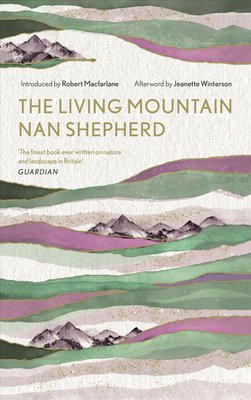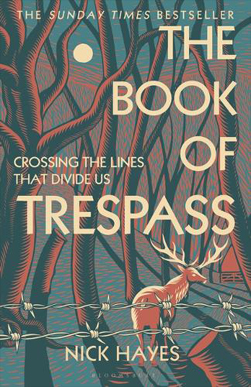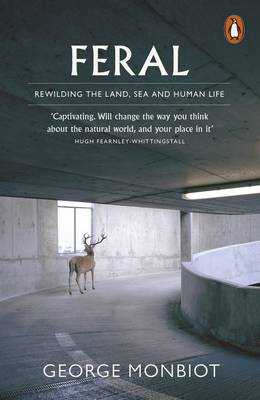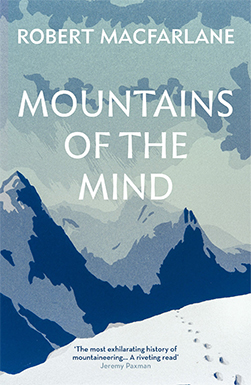An affinity with mountains, and eagerness to share that passion is a common motivator for aspiring Mountain Leaders. Enthusing and inspiring others is what it’s all about at the end of the day and why being a Mountain Leader is so rewarding.
There are numerous essential reading lists out there, of which this list doesn’t aspire to emulate. Top of these lists is ordinarily Hill Walking by Steve Long – The Official Handbook for the Mountain Leader scheme, an indispensable reference, and The Nature of Snowdonia by Mike Raine, a fantastic guide to identifying flora and fauna. Both books come highly recommended.
At Mountain Independence we’re not about creating cookie-cutter instructors. There isn’t a prescriptive list of flowers to learn; Mountain Leaders should have a broad knowledge of the mountain environment. One of my favorite things about Assessments is learning loads of interesting new facts from individuals with different backgrounds, perspectives and knowledge.
Mountains mean freedom, adventure, beauty and solitude. Therefore, whilst fostering a love of the hills in others, group leaders should show appreciation for the needs of all hill users, rural communities and upland habitats and encourage an understanding of the problems of mountain conservation and access.
The Mountain Leader Handbook from Mountain Training
This reading list focuses on wider issues effecting the mountain environment. In addition to being excellent background reading for any aspiring or qualified Mountain Leader, they are also great reads in their own right. They’ll increase your knowledge and introduce new perspectives with which to view the mountain environment.
The Living Mountain – Nan Shepherd

Nan Shepherd writes beautifully of the landscape and nature of the Cairngorm Mountains and her extensive hill walking exploits there. The landscape bristles off the page with her evocative and poetic prose.
She’s an influential writer; this being described as the finest book ever written on nature and landscape in Britain. Nan allows herself the kind of philosophical wanderings that time spent in wild places elicits in mountain goers; and yet the writing is tight and slight at under 100 pages, making for a light weight luxury to carry on wild camps.
Nan Shepherd currently features on the Scottish £5 note, and with a paperback copy not likely to set you back much more than this, it comes highly recommended. I’ll leave you with a quote featured on the banknote.
But the struggle between frost and the force in running water is not quickly over. The battle fluctuates, and at the point of fluctuation between the motion in water and the immobility of frost, strange and beautiful forms are evolved
Nan Shepherd
The Book of Trespass – Nick Hayes

A well researched book outlining the state of land access in England today, and the history of enclosure, exploitation and dispossesion that has led to the exclusion of 92% of land from the public. It’s a provocative read that challenges the legitamacy of land ownership, following various radicals railing against the orthodoxy – poachers, gypsies and ramblers, through to migrants, protestors and ravers.
The writing is woven around the author’s own acts of trespass, with some beautiful linocuts that help to break up the dense and at times meandering writing. Despite this it’s a good read, best dipped in and out of at lesiure. Any Mountain Leader is going to come away with a much more in depth knowledge of access and find some interesting anecdotes to share with groups. Perhaps best to leave any activism it may inspire for personal QMDs though and not when working with groups!
Feral – George Monbiot

A touchstone for “Rewilding”, a term Monbiot arguably popularised. The initial chapters of his adventures and “ecological boredom” are self indulgent but stick with it, or even just skip ahead.
The case studies are where it’s at and include Scotland and Wales, as well as further afield. They provide examples of good practice and potential pathways for reversing years of ecological paucity and rehabilitating ecosystems.
Farmer’s are criticised perhaps unfairly harshly at times, not fitting in with his vision of true wildness. A great accompanying read would be “Wilding” by Isabella Tree which examines similar themes from a farming perspective.
Monbiot is a great writer however, and dares to dream of exciting possibilities for a future, wilder landscape. He presents a thought-provoking and emotive case for rewilding that’s sure to get people thinking differently about our relationship with the natural world.
Mountains of the Mind – Robert McFarlane

A cultural history of mountaineering and our fascination with high places. MacFarlane traverses the journey of mountains from hostile, dangerous regions to be feared; through the “golden age of mountaineering” to the social developments that have led to them becoming the playgrounds and testgrounds we visit today.
The book is largely Anglocentric, though this a mild criticism as it does help provide direction. Ancient ascents and religous attitudes to mountains are touched upon briefly.
The psychology of risk is explored in detail, including the story of Mallory and Irvine’s ill-fated attempt on Everest. Mountains of the mind provides an in-depth appraisal of our changing motivations for mountains.
Because it’s there.
George Mallory’s famously flippant quote.